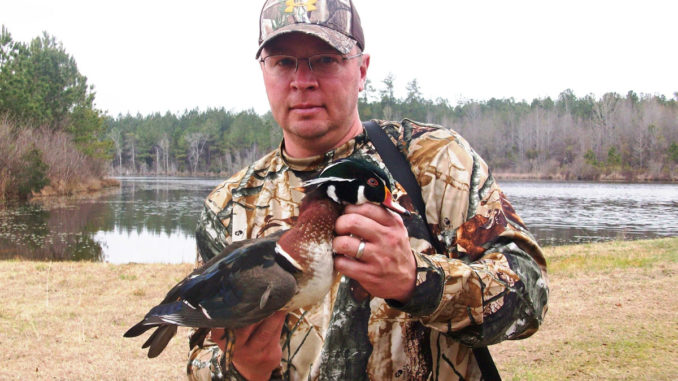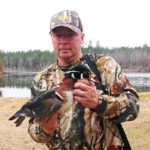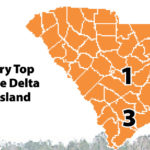
According to Dean Harrigal, SCDNR’s waterfowl biologist, hunting on WMAs is divided into two classes of hunting units: Class I and Class II.
Category I areas encompass WMAs subject to a draw hunt with applications. The applications are usually available by mid-September at www.dnr.sc.gov.
Harrigal said Category II sites do not have a draw-hunt quota and are open to hunters on a first-come, first-served basis. These are quality areas, and hunters can expect good hunting, but probably not as good as the draw hunts.
Last season was a productive one on Category I WMAs, according to Harrigal, who said hunters killed 2,648 ducks, led by gadwall (716), northern shoveler (348), green-winged teal (291), blue-winged teal (268), ringneck (209) and pintails (171).
Data compiled by the SCDNR for the 2015/16 Category I season indicate a productive season. With 782 hunters participating on Category I hunts, the average harvest was 3.4 birds per hunter.
Bear Island WMA near Green Pond had the highest total harvest with 1,169 birds taken by 289 hunters, nearly 40 percent of them gadwall.
“Overall the season for our waterfowl areas was excellent, but a couple of factors impacted hunting and overall harvest on the Category I areas last season,” Harrigal said.
Harrigal said the Santee Delta WMA was flooded and was significantly impacted from October 2015 until March 2016.
“The heavy rain created problems initially, and then with so much water upstream, continued releases to move that water out of those systems kept this area with too much water for most of the season. This did have a big impact on the hunting and impacted the overall Category I harvest. But this area should be fine for the upcoming season, barring any new extreme weather events.”
Harrigal said the number of wood ducks harvested in Category I areas was down due to a scheduled closure of the Hickory Top Greentree Reservoir.
“Hickory Top was not open last year, and it is the most-productive area for wood ducks,” Harrigal said. “No problem here; it’s simply a management prescription that we allow the area to remain dry once every four or five years. This increases the life of the mast trees, a necessary part of a greentree site. It will be back up and available for the 2016 season.”
Harrigal said the total harvest in Category I dropped from the previous season but these two events impact the total harvest.






Be the first to comment